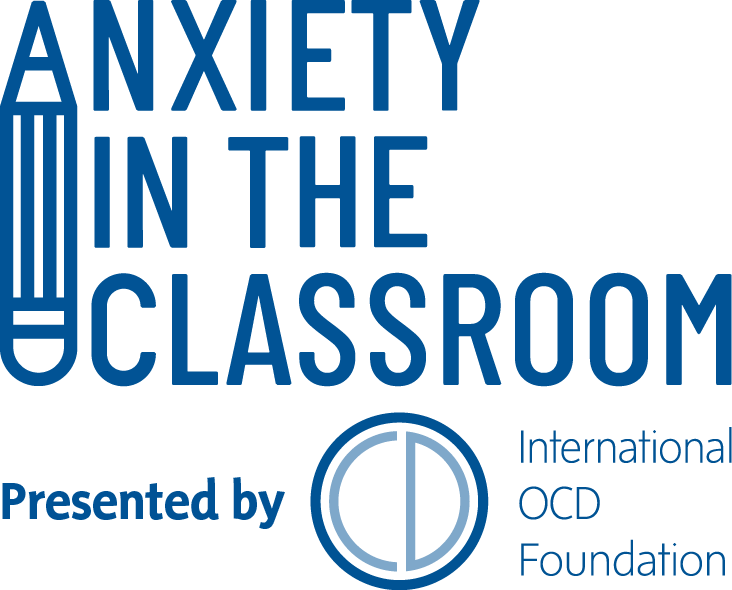General Information about CBT/ERP
Scientific studies have shown that cognitive behavioral therapy (CBT) can successfully and safely treat anxiety and OCD in youth. CBT refers to a group of therapies that clinicians use for treating psychological disorders, including anxiety and OCD.
Cognitive Behavioral Therapy (CBT)
CBT is based on the idea that how we think and act affect how we feel. By changing the way we think and behave, we can change our emotions. For certain types of anxiety and for OCD, a CBT type called exposure and response prevention (ERP) works best.
Exposure and Response Prevention (ERP)
The Exposure in ERP refers to exposing yourself to the thoughts, images, objects, and situations that make you anxious and/or start your obsessions. Response Prevention refers to choosing not to do a compulsive behavior once an obsession has been “triggered.” All of this is done under the guidance of a therapist at the beginning. Youth will eventually learn to do their own ERP exercises to help manage their symptoms.
The strategy of exposing oneself to things that make a child anxious may sound counterintuitive. After all, why would a person ever want to make themselves anxious or afraid? With ERP, the choice to confront anxiety and obsessions goes hand in hand with the commitment to not engage in the compulsive behavior. Youth will find that when they don’t do the compulsive behavior, over time their anxiety will drop. This natural drop happens when a child learns to tolerate anxiety until they get used to it, and/or it doesn’t bother them anymore.

Why Does it Work?
OCD is maintained and worsened because compulsive behaviors/rituals and avoidance behaviors relieve anxiety. But, as we know, the anxiety and/or obsessions will come back. This sends youth with anxiety and OCD into a cycle of stress and temporary relief. ERP teaches youth with OCD to break this cycle by facing their fears while refraining from compulsions. It helps them realize that their fears do not come true. Then, they get used to the anxiety and learn to handle it.
How can you explain to students and families what is involved in CBT/ERP treatment for anxiety and/or OCD?
In this video, Aureen Wagner, PhD, talks about how you can explain CBT/ERP to caregivers and kids managing anxiety and/or OCD.
Read below to learn more about treatment and common treatment obstacles.
Treatment Obstacles
It is estimated that the majority of youth with anxiety and/or OCD do not receive treatment. This is due to the limited number of clinicians with expertise in CBT/ERP for anxiety and/or OCD in kids and teens. Therapists who treat children and adolescents with anxiety and/or OCD must understand the unique needs and cognitive capabilities of children. Often, a child’s reluctance to engage in treatment may challenge the therapist. The child may think that facing fears will simply be too scary and impossible. Children who are not properly prepared for CBT/ERP are more likely to become ambivalent or afraid, withdraw from exposures, and refuse to practice.
The therapist must find a way to help the child get past the discomfort of giving up rituals that seem to protect them against anxiety. To do that, the ERP therapist must use a child-friendly approach that cultivates treatment readiness before doing CBT/ERP. An important part of treatment readiness is helping children and families understand how compulsive behaviors and avoidance strengthen anxiety and OCD. They must learn that anxiety is overcome by confronting fears (exposure), learning that they are false alarms, and experiencing habituation (getting used to the anxiety).
Metaphors, analogies, and games can help children understand these concepts. When youth understand how exposure and habituation work, they are more willing to tolerate the anxiety experienced during ERP. This is because they know it will increase and then subside. Active family involvement in the child’s treatment is also important. ERP is a collaborative treatment, with the therapist, parents/caregivers, and child working together to overcome anxiety and OCD.
What to Tell Students and their Families
Students and/or their families may come to you with questions about how they should proceed with anxiety and/or OCD treatment. If so, remind them that their first choice should be evidence-based treatment.
For anxiety and OCD, evidence-based treatments are CBT (specifically ERP) and/or psychiatric medication. CBT/ERP should always be considered as the first-line of treatment for children and adolescents with anxiety and/or OCD. It can be used either on its own or with medication.
Medication should be considered when children are experiencing moderate to severe anxiety or OCD-related impairment or distress. It can also be used when therapy is unavailable or only partially effective. Given the potential of medication side effects, it is preferable to begin treatment with therapy alone among youth with mild illness and among those opposed to medication use. For more information about medication for pediatric anxiety and OCD, click here.
How can you explain to kids how therapies like ERP will help them to overcome their anxiety and/or OCD?
In this video, Aureen Wagner, PhD, talks about how you can explain CBT/ERP to kids with anxiety and/or OCD.



